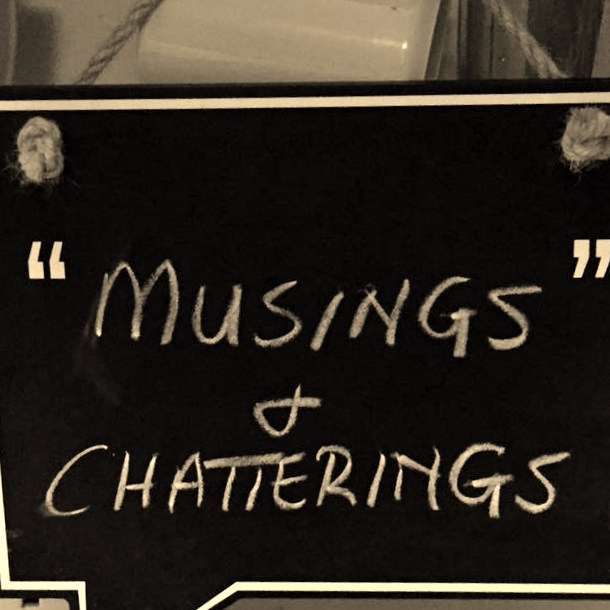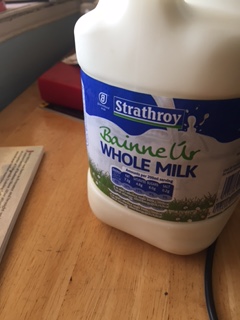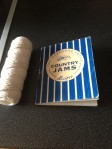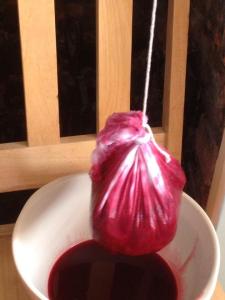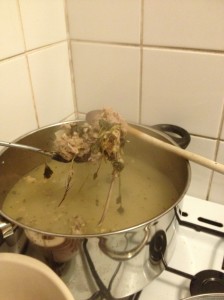I was born on April 11th, 1971, which was – in the western Christian calendar – Easter Sunday. I was baptised Roman Catholic, and nominally raised as one, although we were not exactly the most observant or devout family. We did attend Mass but not every Sunday. I did make my First Holy Communion (which I still capitalise even in my mind’s eye) but when it came to time for confirmation I opted not to make it, which probably explains why I don’t capitalise that in my mind’s eye. Or anywhere else. I remember vividly what felt like the interminably long service on Good Friday and sitting in the church thinking “I don’t believe any of this”. Now, I am not saying that to offend or upset anyone who holds different religious beliefs than I do. I’m just telling it like it was for me. I found the whole thing boring and uninspiring. I did love Midnight Mass (again with the capitalisation) on Christmas Eve and when I was a child that Mass was still late at night, I think it might have finished just after midnight. I’d be hard pushed to tell you much about other religious feasts and festivals, except for Easter. Maybe it was by dint of having been born on an Easter Sunday. As a child I tried – to no avail – every year to argue that I should have an extra Easter egg because after all I was born on Easter Sunday. Never got me anywhere. I occasionally make the same pitch to my husband that I should have plenty of eggs cos I am an Easter bunny. I’m still not getting anywhere with it!
Easter weekend then has always felt a bit special to me, even though obviously my birthday doesn’t fall in that weekend every year, what with it being a movable feast. Unlike Christmas when I do go all out with the traditional food, I don’t really do much of that at Easter. None of us in this house are big fans of roast lamb. I’ve yet to make a Simnel cake, although when I see pictures of them each year on social media I say that I will make one next year. (Don’t hold your breath). Our daughter is not a chocolate lover and I’ve already mentioned my lack of success on the Easter egg front. But hot cross buns on Good Friday, now that IS something I go for. I’ve tried making them a couple of times and while the results were perfectly edible, quite decent really, it felt like a huge amount of faff when I can get perfectly good ones in a shop. So this morning that’s just what I did. We’ve not opened the McCloskeys ones yet but I can report the Super Valu ones were delicious, even more so with some of yesterday’s homemade lemon curd on top.
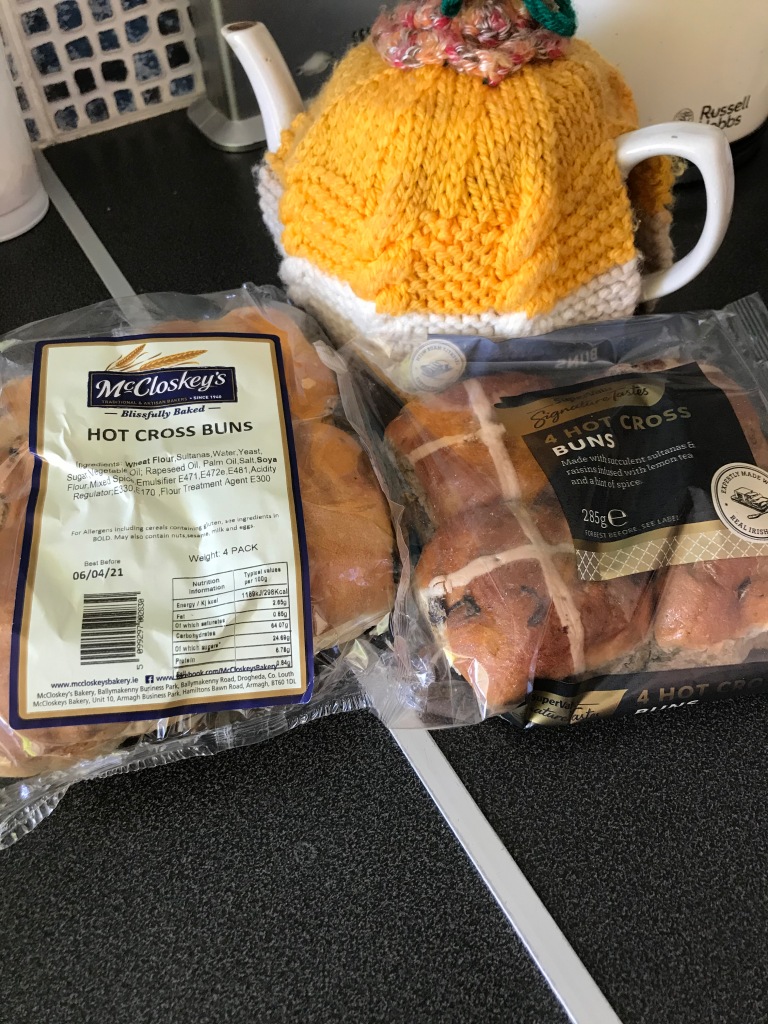
Maybe its the long weekend, although this last year has been such a blur that a long weekend no longer feels special like it did back in the day when I was in paid employment, or maybe its the overtones of it being close to my birthday but Easter weekend usually feels good to me. It used to signify the real start of the tourism season – I know things are so different now – when there would be places to go for a day out. Its spring which is my favourite season, the weather is often good, and so far this weekend – yes I know its only Friday – has been fabulous. April is my birth month and as I said in yesterday’s post, I’m approaching 50 and it feels quite liberating. I’m not sure why that is yet, I’ll probably unpick it more as the month goes on. I think I’ll buy myself an Easter egg this year.
